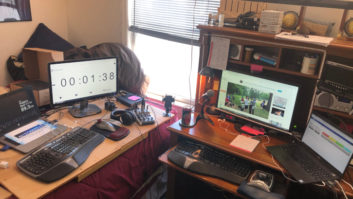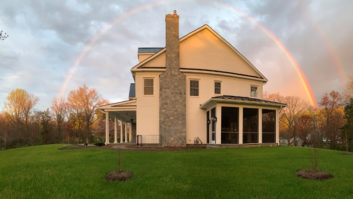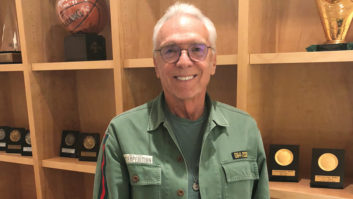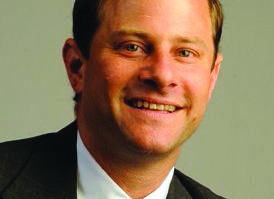
A small AM station was the setting for my first venture into professional radio. I can still recall taking a break from the dusty little newsroom; walking through the lobby, past the air studio and beyond the transmission equipment; and poking my head out the back door to watch the sun set behind the towers over a field of summer corn.
That corn, those towers and the AM station are all gone, replaced by a housing development — a suitable metaphor for the challenges discussed in Randy Stine’s lead article of this issue.
Its headline asks a question that seems to become more pressing every day. The article is the first in a series in which Radio World will explore whether AM radio in the United States remains relevant.
How can AM radio owners profit and thrive, if at all?
What will happen to the AM band?
How do economic and competitive pressures make themselves felt in the product that AMs are putting on the air?
Can AM survive if it isn’t part of new portable media devices?
What lessons can we learn from those AMs that are successful?
What is the role, if any, of HD Radio for AM, where only a couple of hundred AM stations have adopted the technology?
I know you have opinions on this too. Tell me what you think, and what questions you think we should be asking. Write to [email protected].
If I don’t get back to you, I’m probably out back looking at the sunset.
* * *
Jim Godfrey, a friend and industry colleague who works for Tieline Technology and is based in Texas, shares a story that illustrates the power of radio.

©iStockphoto/Charles Taylor At this spring’s NAB Show, four technical staffers from Little Saigon Radio in the Los Angeles area visited the Tieline booth. Little Saigon Radio programming is heard on KVNR(AM) in Santa Ana, Calif., KSJX(AM) in San Jose, Calif., and KYND(AM) in Houston, Texas.
“I asked if all had been born in Vietnam and they had,” Jim related. “I told them that I had been an Army helicopter pilot in Vietnam in 1969 and ’70. We talked about how they’d escaped and what issues their families had, etc.
“Then I told them that I’d known only one person from Vietnam before I got there in June 1969, Tran Duc Viet, who had been a student in my flight school class and graduated when we did. I actually ran into him again at Da Nang.
“Afterwards I had always wondered what happened to him and if he got out. Unlike us American soldiers who had a date when we would go home, he was home and would be in the war until it was over or he was killed.
“I had made many inquiries to Web sites and through the VNAF, the Vietnamese Air Force association, to find him, but to no avail.”
At the convention, Joe Duong Dinh, technical director of Little Saigon Radio, told Godfrey about a feature that helps people find others and promised to give it a try.
“Well, Joe called me recently and had just gotten off the phone with my friend’s wife. In less than two hours they’d found him.
“Later in the day, I was reunited with my comrade via telephone. He’d escaped via boat from Saigon and was picked up by the Seventh Fleet, and now lives in California. I was amazed and overjoyed to know that he was safe.”
Jim says the power of radio was really demonstrated to him that day.










